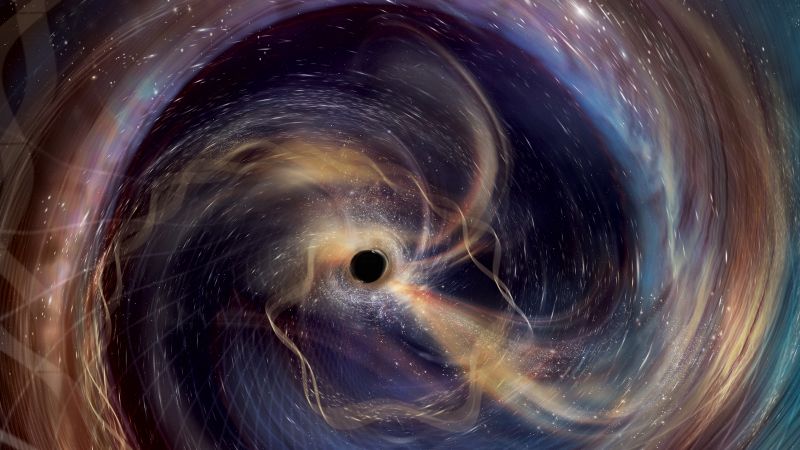Astronomy See all topics Follow
Astronomers have detected a collision between two black holes in unprecedented detail, offering the clearest view yet into the nature of these cosmic oddities and confirming long-held predictions made by legendary physicists Albert Einstein and Stephen Hawking.
The event, dubbed GW250114, became known in January when researchers spotted it with the Laser Interferometer Gravitational-Wave Observatory (LIGO) — a set of two identical instruments located in Livingston, Louisiana, and Hanford, Washington. The instruments detected gravitational waves, faint ripples in space-time produced by the two black holes slamming into each other.
Searching for gravitational waves, phenomena predicted in 1915 as part of Einstein’s theory of relativity, is the only way to identify black hole collisions from Earth. Einstein believed that the waves would be too weak to ever be picked up by human technology, but in September 2015, LIGO recorded them for the very first time, later netting a Nobel Prize for three scientists who made key contributions to the development of this “black hole telescope.”
The newly detected black holes were each around 30 to 35 times the mass of the sun, and they were spinning very slowly, said Maximiliano Isi, an assistant professor of astronomy at Columbia University and an astrophysicist at the Flatiron Institute’s Center for Computational Astrophysics in New York City. Isi led a new study for the LIGO-Virgo-KAGRA Collaboration on the GW250114 data, which published Wednesday in the journal Physical Review Letters.
“Th
Continue Reading on CNN
This preview shows approximately 15% of the article. Read the full story on the publisher's website to support quality journalism.
